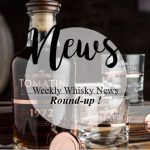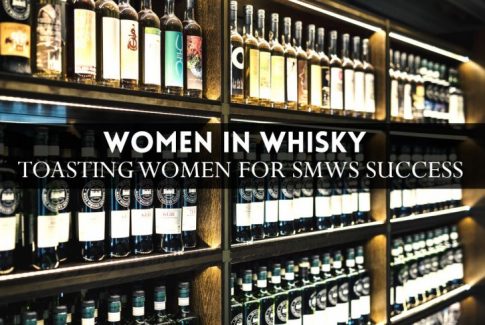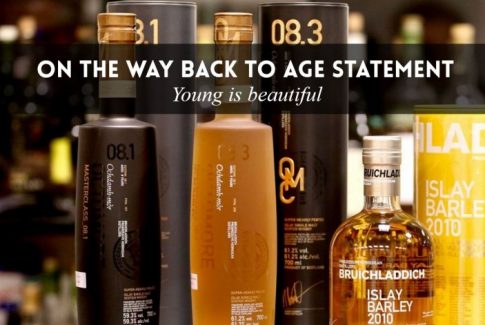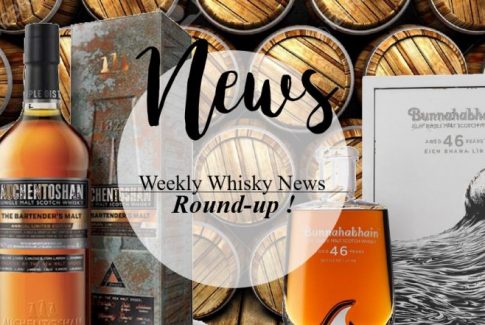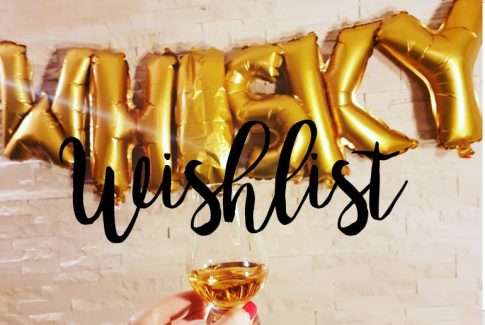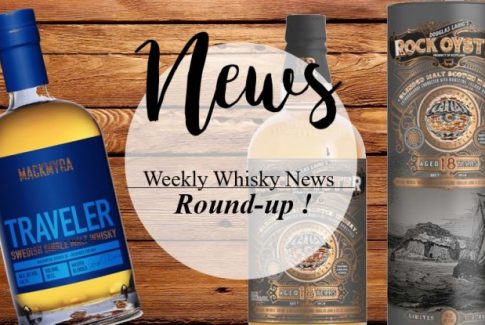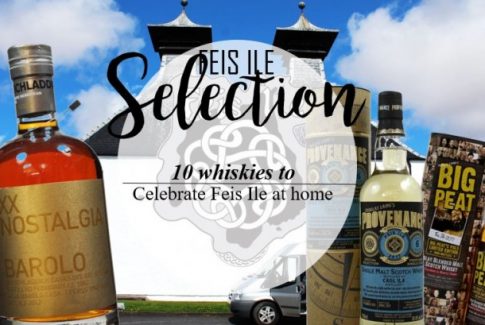
Did you know that, beyond the actual distilleries producing your favourite whisky from grain to bottle, a whole other network of whisky wizards exist?
Let’s then have a look at the magical world of independent bottlers!


You’re probably already familiar with “indie” as used in the music world, those smaller guys doing their own thing away from the big labels? Pretty much the same picture applies to the whisky industry!
“Official bottling” or “OB” refers to a whisky produced at a specific distillery and released under this distillery name/brand (Lagavulin 16, Glenmorangie Companta, Laphroaig 10, Balvenie 12, Macallan Amber, Old Pulteney 17… see what I mean?). Some may not directly bare the name of the distillery but an official brand: Port Charlotte is a Bruichladdich OB, Redbreast, Green Spot are official Midleton bottlings while Machrie Moor is the brand for Arran peated whiskies. There are 8852254 more examples I could give you but you get it right?
As opposed to OB and as simple as it sounds, “Independent bottlings” are specialised whisky brokers buying new make spirit or already matured whisky casks directly from the established distilleries to bottle under their own name and brand.
Some indie bottlers display the name of the distillery the whisky comes from on their bottles, some don’t. the Scotch Malt Whisky Society has for instance come up with a mysterious code with two numbers, the first one corresponding to the distillery.


Oh hell yes my friend! As explained above, independent bottlers apply different strategies: some directly buy new make spirit from the distilleries to fill their own casks, laid down in their own warehouses (Gordon & Macphail for instance). Others decide to buy matured whisky and transfer it in another type of cask to finish maturation and come up with unique products and creative finishes (there’s a whole world of possibilities when it comes to cask finishing, the SMWS for instance recently released the first whisky finished in ex-gin cask and it was brilliant !) that wouldn’t have been put on the market by the distillery itself.
Other indie bottlers simply bottle the content of the casks they bought as a single cask bottling without any addition or further reduction. You’d think this latest option is a lazy one? It may actually be very touchy: selecting great casks requires a spot-on expertise and years of practice, it can sometimes be easier to select a “so-so” whisky and give it an awesome unique finish to sell your bottles, but bottling a cask, straight as it is (also knowing that some distilleries may not be willing to sell their best casks to brokers…) isn’t something every Joe Average can do 😉
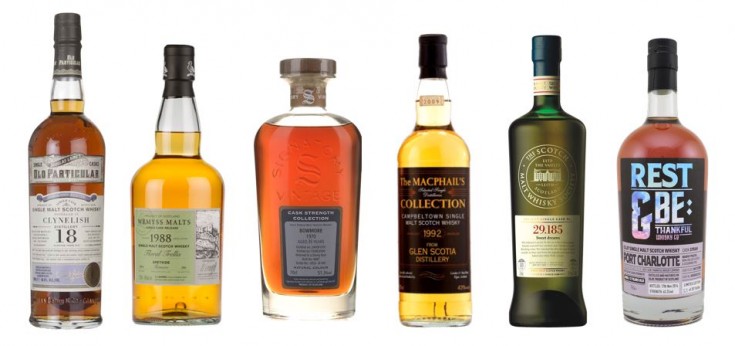


Nope… Independent bottlers can also decide to marry different casks and release blended whiskies or blended malts for instance. Boutique blenders like Compass Box or Douglas Laing are also independent bottlers, they do not own a single distillery!


The pricetag for sure! Indie bottlings are a very good way to taste some rarer whiskies without necessarily breaking the bank. Often released as single casks, there’s also a sense of “uniqueness” in many indie bottlings which is the key selling point for many of them: once it’s gone it’s gone, you’ll never have the chance to taste this specific whisky again. Scarcity is appealing, isn’t it?
Indie bottlers have also been driving creativity in the industry experimenting with maturation, finishes and wood while tackling key issues starting by the Transparency movement lead by Compass Box (and Bruichladdich).

Here’s a non-exhaustive list of independent bottlers:
That Boutique-y Whisky Company

And here’s a (small) personal selection of great and diverse indie bottlings !

This is the second release in Douglas Laing’s Yula trilogy – a 21 year old blended malt made with whiskies from Islay and the Islands. The name comes from the Norse goddess Yula, who searched for her long lost love with an apron full of stones (which would become islands – the last stone would become Islay, which is Yula’s resting place).
Claxton’s – Glenrothes 19yo 1997

Very well Sherried single malt from Speyside’s Glenrothes distillery, aged for 19 years in a single Sherry butt. It was independently bottled by Yorkshire-based bottler Claxton’s, with an outturn of 669 bottles.

This ought to tickle the fancy of peated whisky lovers – Kiln Embers, a new blended malt Scotch whisky from Wemyss Malts. They say it features double the amount of smoky Islay whisky than Peat Chimney, another excellent expression of theirs. It’s a limited edition release of 12,000 bottles.
Glen Grant 1954 – Gordon & Macphail

Distilled in Glen Grant in 1954 and matured in refill sherry casks. This was bottled by Gordon and MacPhail who describe the whisky as being “complex – one to be savoured over time.”
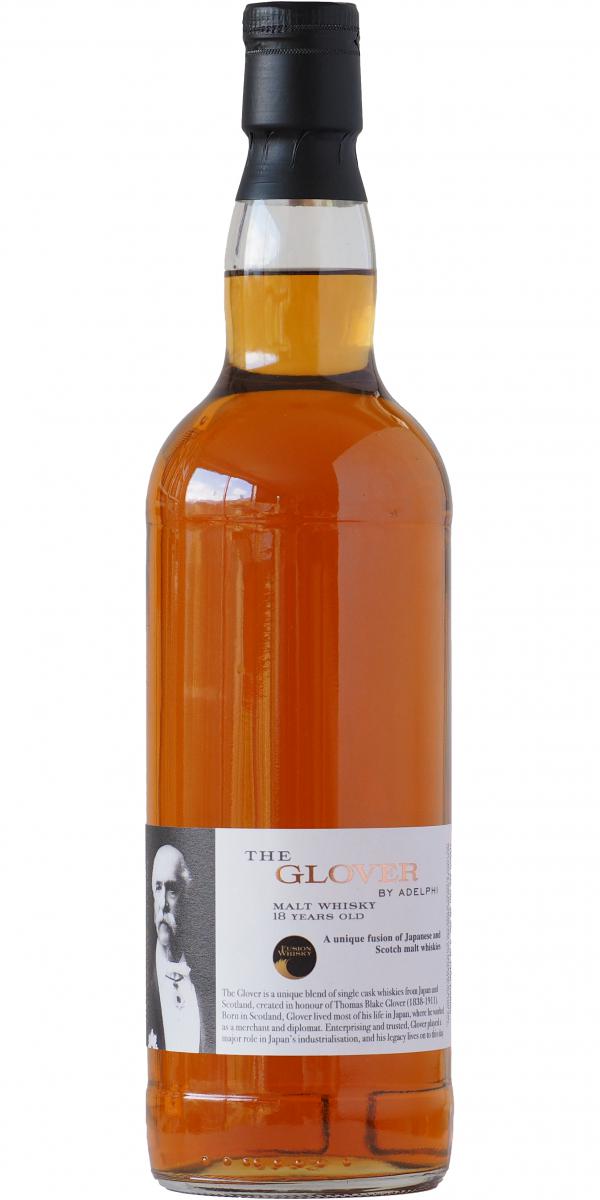
The Glover series from Adelphi honours the ‘Scottish Samurai’ Thomas Blake Glover, the first foreigner to receive the Order of the Rising Sun from the Japanese Emperor, and celebrates the relationship between Scotland and Japan. This is the 18 year old expression, made of whiskies from Scotland and Japan that have been aged for at least 18 years.
Clynelish 20 1995 – Artist series LMDW
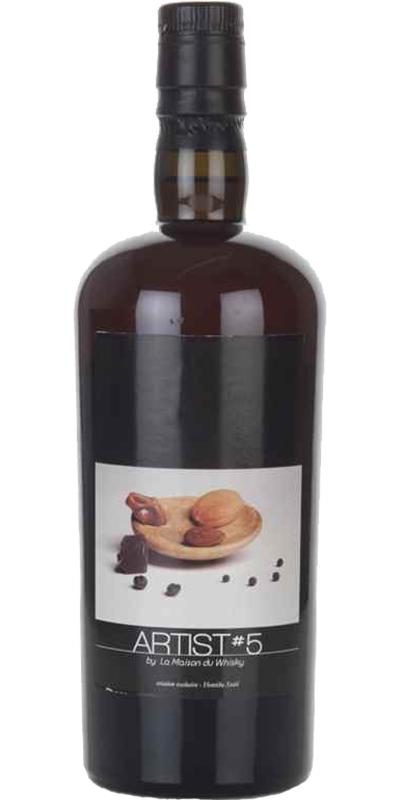
A 20 year old Clynelish, distilled in 1995 and bottled for Maison du Whisky by Signatory in 2015 as part of the Artist Collection #5.

Compass Box – The Peat Monster

A peaty offering and a vatted malt created by the renowned John Glaser, of Compass Box. The Peat Monster contains whisky from secret distilleries (all very cloak and dagger). They can tell us that some was from the village of Port Askaig in Islay, with some south coast Islay whisky too, vatted with Ardmore. This was matured in a mix of first fill and refill American oak casks.
Invergordon 40yo 1977 – Hunter Laing

A single grain Scotch whisky from Invergordon, matured in a refill hogshead for four decades! It was distilled in January 1977 and bottled after 40 years of ageing in February 2017 by Hunter Laing for The Sovereign range. 390 bottles were produced.


